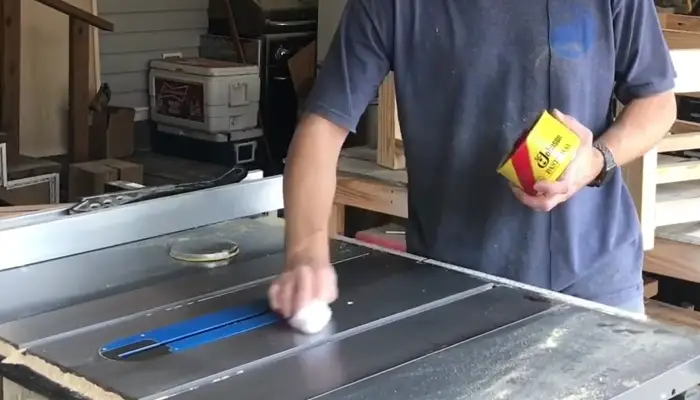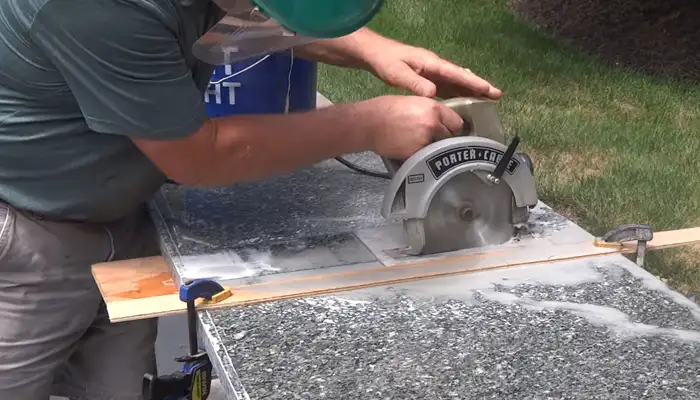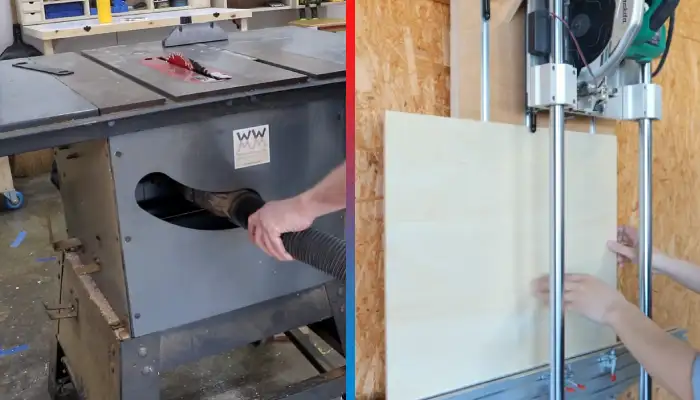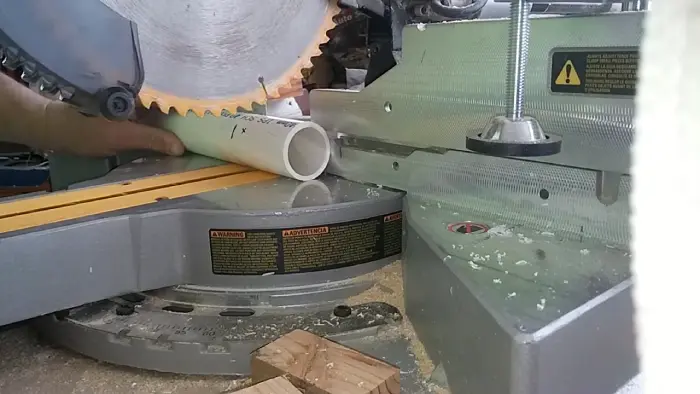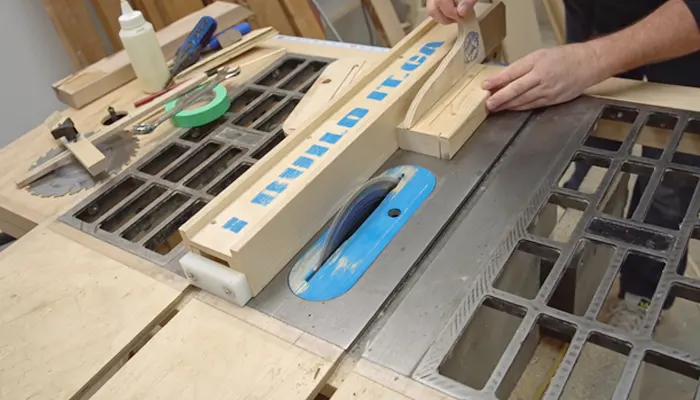What Type of Wax for Table Saw: A Complete Guide
Lubricating your table saw is an essential maintenance task that helps prolong its lifespan and ensure optimal performance. One of the most effective ways to lubricate a table saw is by using wax.
Various types of waxes are available for use with different types of tools and machines. But, based on my research, paste wax is only the preferred and most commonly used wax for table saws. It provides effective lubrication and protection for the table saw’s surface.
Additionally, it resists heat, moisture, and dust accumulation, preventing oxidation and ensuring your table saw remains clean.
I will share why paste wax is ideal for lubricating a table saw so that you can pick a better one.
Reasons for Using Paste Type of Wax for Table Saw
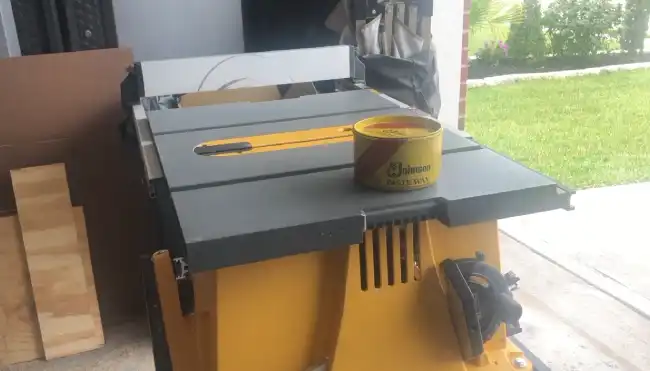
In my assessment, paste wax is the best type of wax to use on your table saw, and here are a few compelling reasons:
- Lubrication and smoother operation
- Protection against moisture and rust
- Ease of cleaning
- Minimized wood build-up
- Simplified application
Now, examine the reasons for using paste wax as the preferred type of wax for your table saw in detail.
1. Lubrication and Smoother Operation
If you want to improve the lubrication and operation of your table saw, using paste wax is a must. Paste wax acts as a lubricant between the wood and the table saw’s surface, reducing friction and ensuring smoother wood movement during cuts.
This enhanced slipperiness not only improves the overall efficiency of your table saw but also results in cleaner and more precise work. By applying paste wax to the table saw’s surface, you create a protective layer that allows the wood to glide smoothly, minimizing the chance of binding or kickbacks.
2. Protection Against Moisture and Rust
Paste wax creates a protective barrier on the tabletop, safeguarding it from the damaging effects of moisture while preventing rust formation on your table saw. In humid or damp workshop environments, moisture can seep into the metal components of your table saw, leading to oxidation and rust.
By applying paste wax, you create a barrier that prevents moisture from reaching the surface and protects the metal from oxidation. This not only helps maintain the appearance of your table saw but also ensures its longevity and optimal performance.
3. Ease of Cleaning

By applying paste wax to your table saw, you make it easier to clean. The protective layer created by the wax means that sawdust and debris are less likely to stick to the surface, making cleanup easier.
This capability saves you time and makes your workspace tidier and more efficient. Moreover, a clean saw surface translates to smoother wood movement, which boosts the performance and accuracy of your tool. The simplicity of the cleaning process gives you more time to focus on your woodworking activities.
4. Minimized Wood Build-up
When working with resinous woods, the risk of pitch or resin sticking to the saw’s surface is high. This can lead to material build-up, affecting the smoothness of your cuts and the overall quality of your projects.
By using paste wax, you create a protective barrier that prevents the wood from adhering to the table saw. The wax fills in the microscopic pores on the surface, reducing friction and making it easier for the wood to slide smoothly across the table.
This not only saves you time and effort in cleaning but also improves the accuracy and precision of your cuts. With minimized wood build-up, you can achieve cleaner, smoother cuts from your table saw, resulting in professional-looking woodworking projects.
5. Simplified Application
Waxing your table saw is a straightforward process that does not require extensive tools or expertise. By following simple steps, you can ensure that your saw remains in optimal condition, leading to high-quality results.
To use paste wax on your table saw, begin by ensuring your table saw is unplugged and the surface is clean from sawdust and debris. Apply a thin, even coat of paste wax to the tabletop, fences, rails, and the body of the saw using a heavy paper towel or an old rag.
Allow the wax to sit for approximately 20 minutes so it should develop a white waxy layer. This period allows the protective layer to form and bond with the saw surface.
After this brief wait, buff the waxed surface to a smooth finish using a clean cloth, employing small circular motions.
With these simple steps, you can protect your table saw, promote smoother wood movement, and improve the efficiency and performance of your woodworking projects.
Can you use silicone-based wax on a table saw?
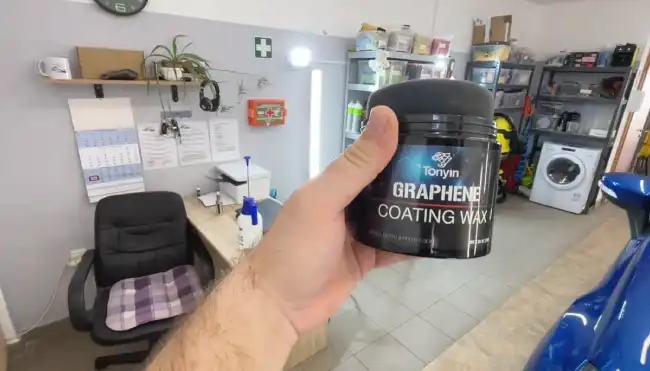
Using silicone-based wax on a table saw is not recommended due to the potential issues it can cause when applying finishes to your woodwork. This type of wax may create difficulties in achieving smooth, even finishes and can lead to undesirable results in your woodworking projects.
Therefore, it’s best to avoid using silicone-based wax on your table saw. Instead, opt for a trusted, non-silicone paste wax to ensure optimal performance and results.
How often should you wax your table saw?
The frequency of waxing your table saw depends on how often you use it and when you notice a decrease in smoothness during operations. It’s recommended to wax heavily used table saws every month or two. However, you can adjust the timing based on your own observations and needs.
It is highly recommended to use a reliable wax product for your table saw to ensure maximum results. When choosing a wax, pick one specifically designed for table saws.
Use Preferred Paste Wax for a Long-Lasting Table Saw
When you need to wax your table saw, use paste wax, as I found in my research, for its exceptional lubricating and protective qualities.
Its ability to reduce friction, protect against moisture and rust on the table saw’s metal surface. Simplifying cleaning, preventing wood build-up, and offering an uncomplicated application process make it an ideal choice for maintaining your table saw.
Choose a reliable paste wax from a trusted brand, and avoid silicone-based wax. Maintain a regular waxing schedule, typically every month or two, for heavily used saws. Embracing paste wax ensures the longevity, efficiency, and optimal performance of your table saw, elevating your woodworking experience.

